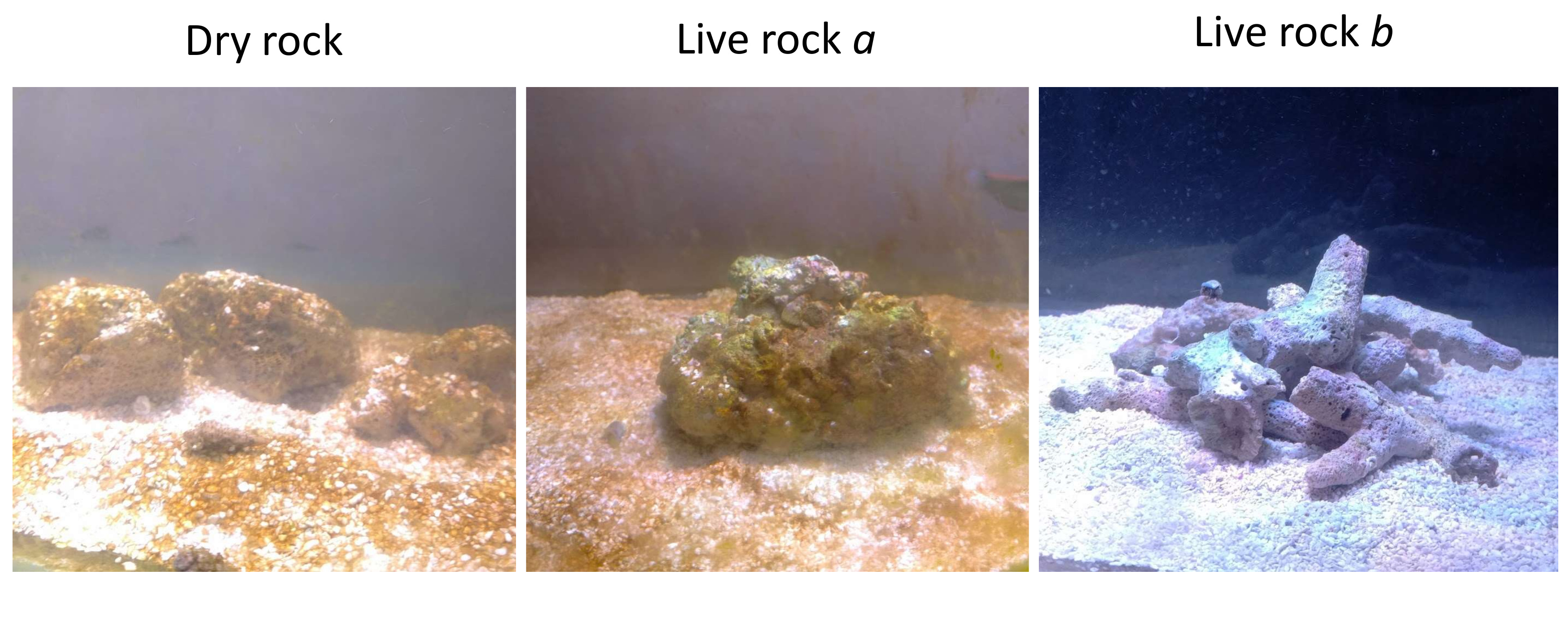Good to see discussion on microbiomes! I think it needs to be pointed out reef systems have multiple and constantly changing microbiomes. At each taxonomic level the microbiome is being manipulated by the macrobiome species present (1, 2, 3) so the microbiome detected with 16S testing in the water in our reef systems is to a certain degree determined by the types of animals present. We also know coral holobionts are species specific (4, 5) and looking at genotype specifc response to pathogens (6, 7) it seems reasonable the holobiont is also genotype specific. Veron's books on coral distribution show some corals are found in a wide range of environmental conditions and with other species (Montipora digitata or Acropora youngii for example) while some are only found in very specific environmental conditions and/or only in association with other corals of the same genus (like Acropora microclades aka Strawberry Shortcake, 8). Building a data base with 16S testing I think is going to be a huge help in determining what we need to do to keep corals for their normal life expectancies.
1, https://www.ncbi.nlm.nih.gov/pubmed/28828261
2, https://www.ncbi.nlm.nih.gov/pubmed/23303369
3, https://www.ncbi.nlm.nih.gov/pubmed/23882445
4, https://www.int-res.com/abstracts/meps/v243/p1-10/
5, https://2015-mbio322.blogspot.com/2017/11/predatory-bacteriathe-gate-keepers-of.html,
6, https://www.nature.com/articles/s41598-017-02685-1
7, https://nsuworks.nova.edu/occ_stuetd/467/
8, https://reefbuilders.com/2019/06/24/you-wont-believe-where-strawberry-shortcake-acros-live/
1, https://www.ncbi.nlm.nih.gov/pubmed/28828261
2, https://www.ncbi.nlm.nih.gov/pubmed/23303369
3, https://www.ncbi.nlm.nih.gov/pubmed/23882445
4, https://www.int-res.com/abstracts/meps/v243/p1-10/
5, https://2015-mbio322.blogspot.com/2017/11/predatory-bacteriathe-gate-keepers-of.html,
6, https://www.nature.com/articles/s41598-017-02685-1
7, https://nsuworks.nova.edu/occ_stuetd/467/
8, https://reefbuilders.com/2019/06/24/you-wont-believe-where-strawberry-shortcake-acros-live/
Last edited:















